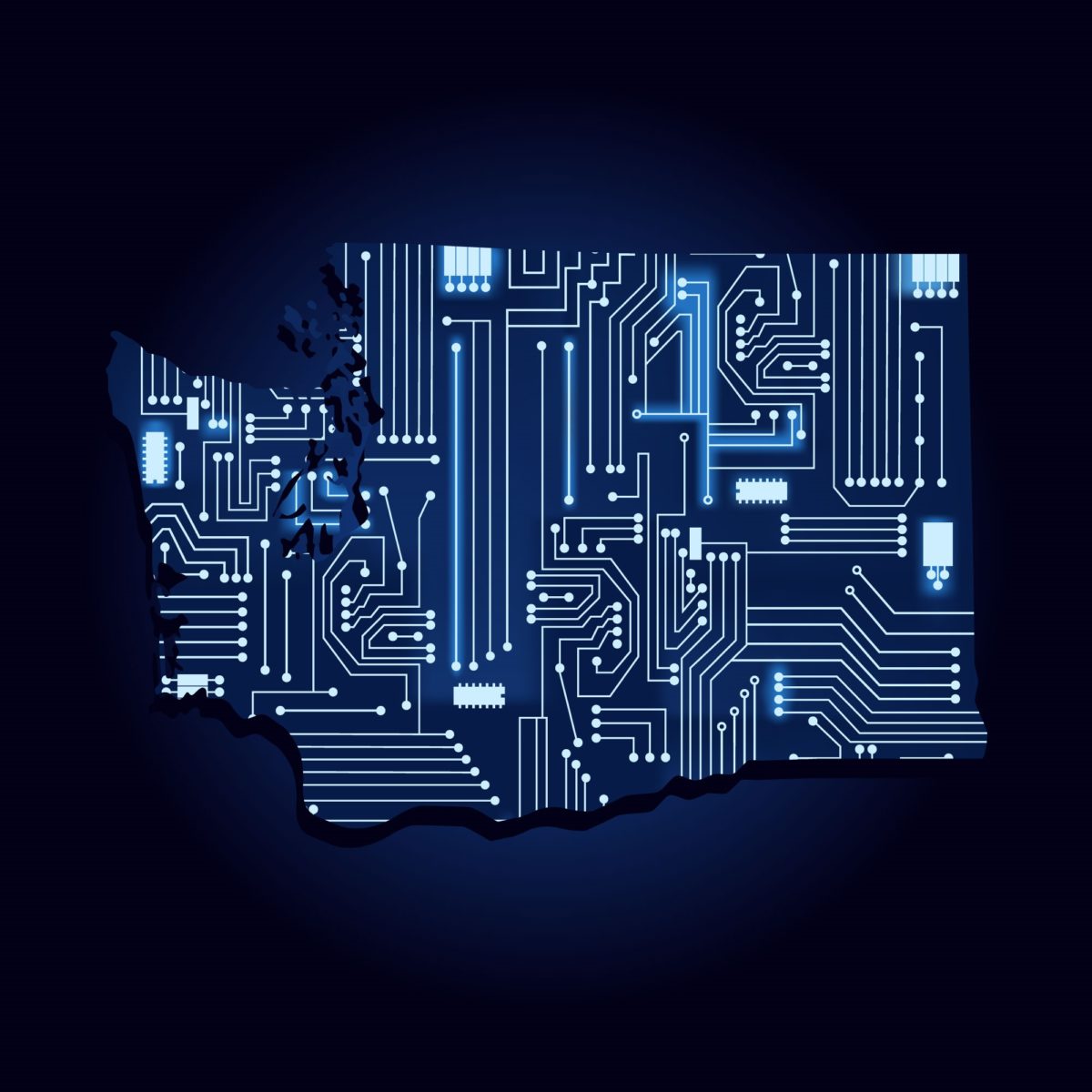The Bottom Line With Schools Closed, How Will Washington Address the Connectivity Gap?
Governor Inslee announced at a press conference on April 6 that Washington State in-person schooling is closed for the rest of the year. Commenting on the subsequent need for connectivity, Superintendent Reykdal added that “everyone needs connectivity and access,” and that “students have the right to be connected like their right to clean water.” For those schools that have experimented with online learning, this should provide an opportunity to scale up the experience. But others may be left behind.
This is an uneasy time for families. Many will be wondering how their children will be educated for the rest of the year. Surprisingly, when asked about equity, Inslee mentioned that they have made the difficult decision to get most kids education as opposed to no kids getting education. That is, those who have connectivity will be able to access online schooling. The education of those without remains a question.
Inslee also mentioned that the state is considering summer school for those that are struggling.
Reykdal cited 1.2 million children are in the traditional, in person, K-12 system. That includes 1.1 million in traditional public schools and 100,000 in private and charter schools. He noted that, “early data shows there is a strong market already for connectivity, the state is still compiling the data.”
Inslee opined that “we know that distance learning can never replace the learning and other benefits that students get from attending school in person, but this unprecedented health emergency demands that we take this step—both for the sake of our children and for our community.” Reykdal followed up with, “I think you should expect to be in this distance learning model for quite a long time.”
If we should expect online learning to be a long-term solution to education during the Coronavirus crisis, we should expect aid for families to address the connectivity gap in the education budget. With almost $17 billion being invested in our state education system, what sort of help can families expect from this enormous budget to help them with their connectivity needs—which have now become much more urgent?


